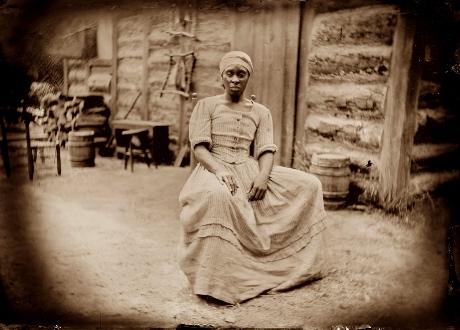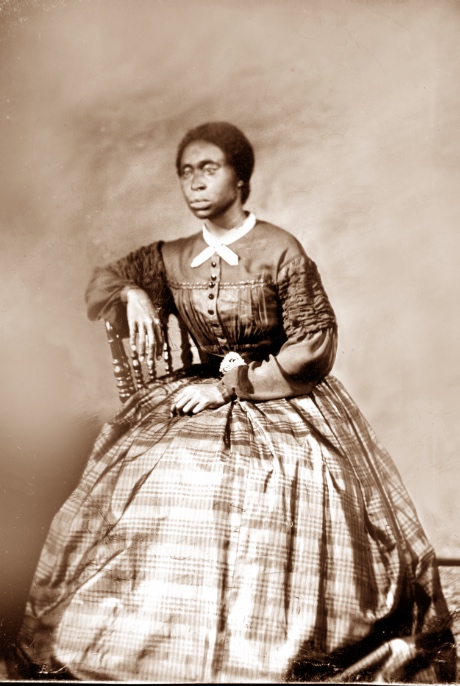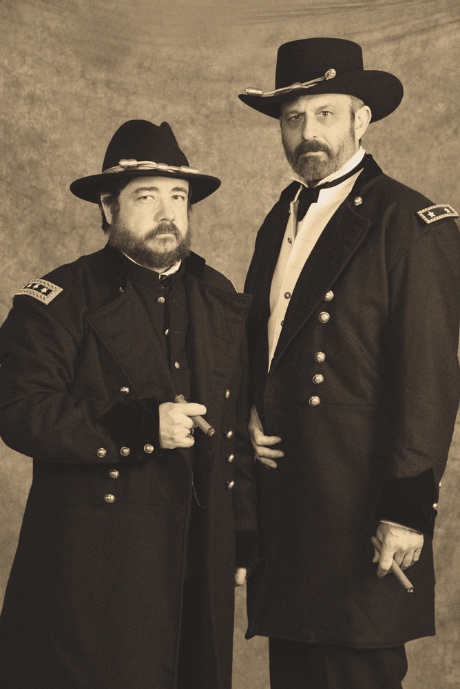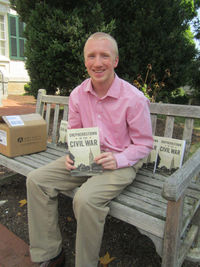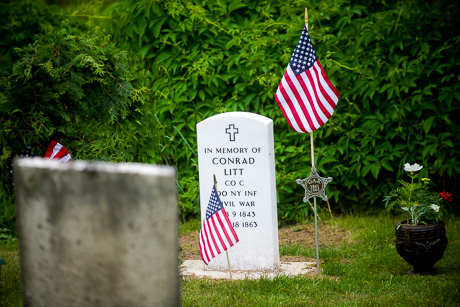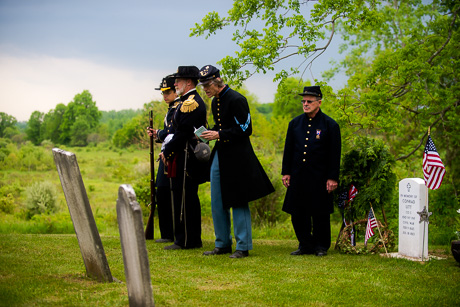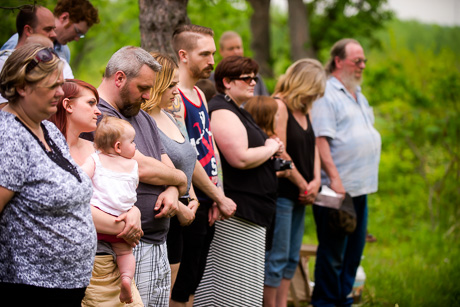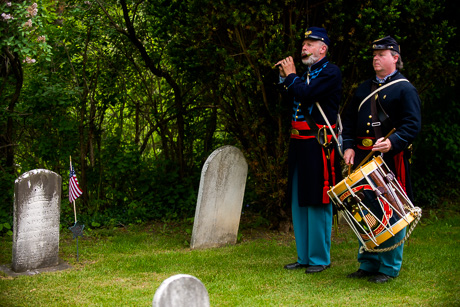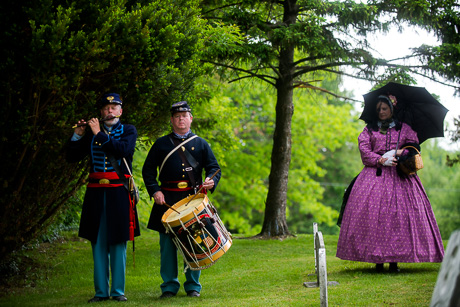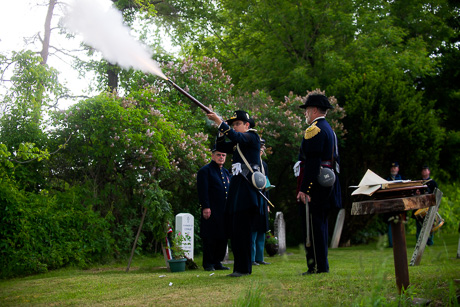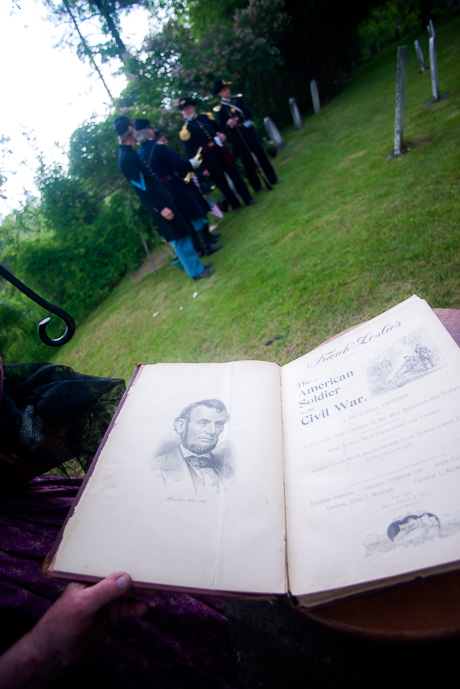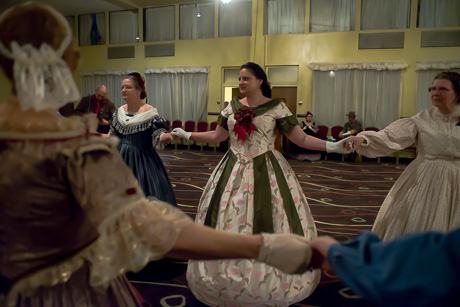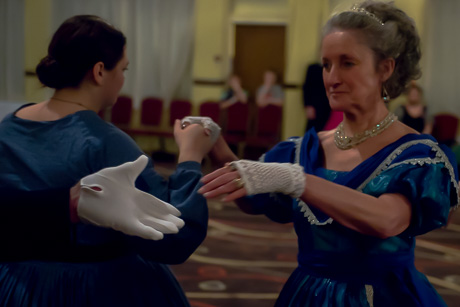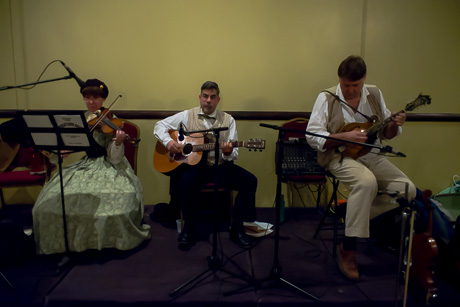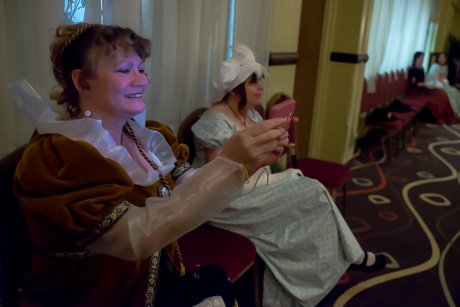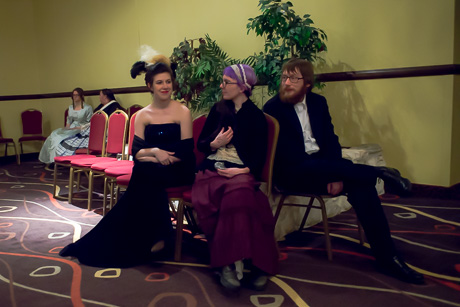Slavery, Captivity and Freedom … the story of Batavia’s ‘Other Henry Clay’

Story submitted by Thomas Pitcher
In early July of 1863, Henry Clay took a bayonet in the arm.
Clay, a slave, was trying to escape the victorious Federal army at Gettysburg. His Confederate master had either been killed or also taken prisoner by the Union Army. Following the aftermath of this decisive battle, nearly 7,000 rebel prisoners were taken to Baltimore’s Fort McHenry. Less discussed is the 64 captured African American slaves, like Clay, brought into the war to cook and clean for the southern army.
Lynne Belluscio, LeRoy’s town historian, first mentioned “the other Henry Clay” in 1998 and then with a more detailed article in the LeRoy Pennysaver in 2014. Through her research, we learned that Clay was born in Washington County, Georgia in 1849.
While the information is scarce, Clay’s place in American history is nothing short of remarkable.
Six months before the Battle of Gettysburg, President Lincoln issued the Emancipation Proclamation, freeing slaves “within the rebellious states.” Despite the 4 million enslaved African Americans, the order’s immediate impact was only felt by the roughly 50,000 slaves in Confederate regions occupied by the Union Army. Gettysburg’s aftermath served as an important litmus test for Lincoln’s proclamation, specifically the treatment of Confederate slaves captured in battle.
Five weeks after Gettysburg, the commissary general of prisoners in the U.S Army, Colonel William Hoffman, declared that “captured [African Americans] are ranked as camp followers and therefore prisoners of war.” This meant that slaves like Clay would be returned to their masters as dictated through the prisoner exchange system.
Colonel Peter A. Porter didn’t buy it. He believed that captured slaves “be employed in the service of the Government as paid laborers – thus rendering service to the Government and avoiding the return to slavery .” Raising the stakes, Porter suggested that the decision was beyond Hoffman’s jurisdiction and that “it be forwarded to the Secretary of War.”
The Union Army sided with Porter. Of the 64 slaves captured at Gettysburg, half of them chose freedom and remained in the north. Sixteen joined as cooks in the regiments stationed in Baltimore. Henry Clay, only 14 years old at the time, joined Porter’s regiment as a cook in Company I, a group of men exclusively organized in Genesee County.
I’ve been researching the 8th N.Y.H.A for fourteen years and up until Belluscio’s discovery hadn’t come across a documented former slave within the regiment’s ranks.
From that moment onward, Clay’s life would only get more interesting. He was modest about his role in the regiment.
“It wasn’t much to be a cook in the army. I could carry water and peel potatoes and do things like that.”
But it appears he may have done much more. While not on official muster roles, Clay was counted amongst the soldiers in several reunions held for the regiment after the war. He’s also listed as the first African American Civil War veteran in Genesee County.
By the end of 1863, Clay had already been present at several battles leading up to Gettysburg while a servant in the Confederate Army. Colonel Porter’s regiment left Baltimore for the field that following spring. Clay would now be dressed in blue for Ulysses S. Grant’s invasion of Virginia; battles such as Wilderness, Spotsylvania, North Anna, and the Siege of Petersburg.
One battle stands out. On June 3, 1864, Porter’s regiment, along with several others, were ordered to charge confederate breastworks at Cold Harbor, Virginia. History has looked unkindly on Grant’s decision to send so many men to their death on that blistering hot Friday morning. Colonel Porter’s last words were “follow me boys” before he was riddled with bullets. The story concerning the recovery of his body by several members of the regiment, under heavy fire, was re-told countless times at every reunion. According to different sources, there was either five or six men involved in that mission. As a result, one of them was awarded the Medal of Honor. Why the others were not held with similar praise is as large of a mystery now as it was when the medal was issued 34 years after the battle in 1898.
It’s not known if Henry Clay ever discussed what his role was at Cold Harbor while he was alive. However, one 1925 obituary needs attention.
“Mr. Clay was born a slave and was with Colonel’s Porter regiment when that gallant soldier laid down his life at Cold Harbor. He was a member of the detachment which retrieved Colonel Porter’s body.”
There is a certain type of karma here that can’t be lost – one individual campaigns for the others' freedom while the latter, risks his life rescuing his dead body.
After the war, Clay moved to Batavia, married and took jobs as a farmer, janitor, and bank teller. Through the individuals mentioned in his will, we learn that Henry Clay was born to Henry “Hugh” Mayweather and Caroline Williams, two slaves from Sparta, Georgia. They may have been sold to William Monroe Clay of Washington County sometime in the 1840s or 1850s. He was a wealthy plantation owner who had three sons and a son-in-law who fought with the 49th Georgia, a confederate regiment at both Fredericksburg and Gettysburg where Clay was present.
In 1889, Clay returned to Georgia to visit family. Upon arriving there, he learned that his old slave master was dead. He didn’t provide a lot of details on the trip other than the fact that his “friends tried to persuade Henry to remain in Georgia, but his heart was in Batavia.”




